The cultivation management and shaping and grafting method of crab claw orchid!
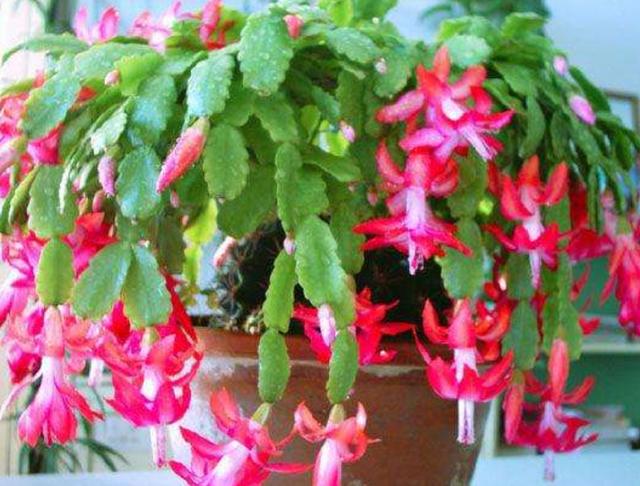
crab claw orchid, originally from Brazil. Like warm, moist and ventilated semi-shady environment. The most suitable temperature for growth is 18-25 ℃. It is not cold-resistant, and it is easy to drop flowers and buds when the indoor culture temperature is lower than 10 ℃. Summer need shade, avoid direct sunlight, the temperature is higher than 32 ℃ into dormancy. Like loose and fertile acid sandy soil with good drainage and rich organic matter.
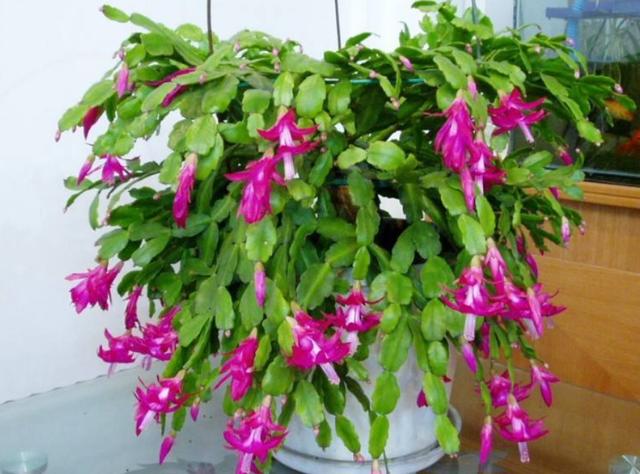
crab claw orchid florescence can be from October to February of the following year, peanuts at the top of the stem node, the conventional varieties are pink, purple and rose red. Indoor culture of crab claw orchid, under the premise of keeping about 15 ℃ room temperature, 8 hours of light every day (the rest of the time is covered with black plastic bags), the buds can blossom in about one month.
crab claw orchid belongs to cactus family, drought tolerance, avoid stagnant water in the basin. Especially in the flowering period, when the water is large, it is easy to drop flowers and buds, and the general potted soil can be kept moist. Crab claw orchid likes fertilizer, more rotten organic fertilizer (such as chicken manure) should be applied during flower bud differentiation in autumn, and 1RU 1000 potassium dihydrogen phosphate solution can be sprayed once a week to ensure sufficient energy supply during flowering. However, after bud formation, try not to fertilize again, in order to avoid the plant can not absorb and cause falling buds!

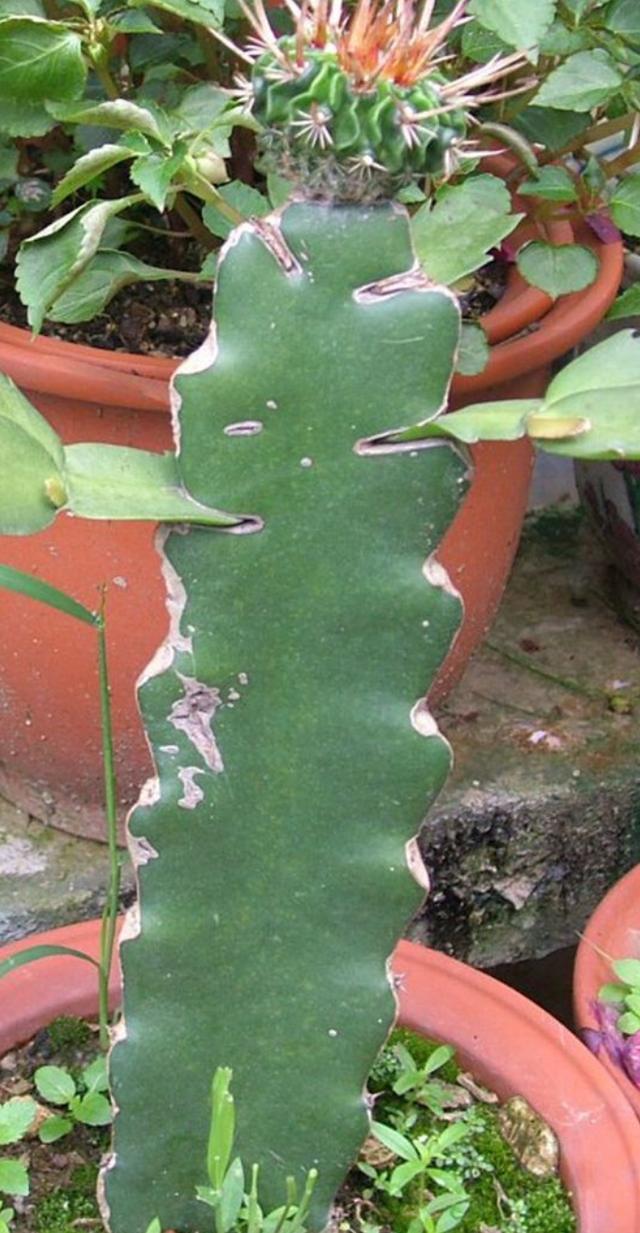
crab claw orchid is an epiphytic succulent plant whose primitive living environment is epiphytic in large tree trunks or dark and damp stone crevices. It is often grafted on plants such as cactus or cactus because of its bright colors and easy cuttings to survive.

The best grafting time of is from late March to mid-June and from mid-September to mid-October. Choose a robust adult cactus, use a sterilized blade to obliquely cut the two sides of the upper section of the base into a duck beak shape, about 1.5-2.5 cm in length, then cut longitudinally at the top, insert the selected 2-3-section crab claw orchid scion into the incision, the two ends of the cactus are fixed with toothpicks, or you can use a clip to fix, put the grafted plant in a cool place and survive for about a month.
- Prev
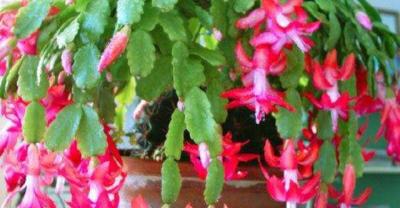
Raise the necessary culture methods of Begonia in four seasons, so that it can easily reproduce in large numbers.
Four Seasons Begonia is a kind of plant with many kinds and colors, and its florescence is relatively long, so it is deeply loved by flower growers, although there are many people who like to raise it.
- Next
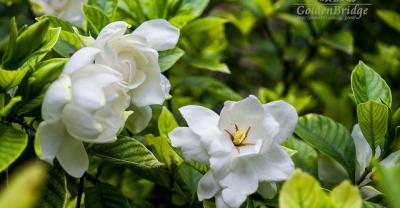
Breeding and management technology of riding ponies: domesticating foals
1-2 years old is an important growth stage for foals. At this stage, chest circumference and body length increase rapidly, and about 20% of adult weight is formed in this year.
Related
- On the eggshell is a badge full of pride. British Poultry Egg Market and Consumer observation
- British study: 72% of Britons are willing to buy native eggs raised by insects
- Guidelines for friendly egg production revised the increase of space in chicken sheds can not be forced to change feathers and lay eggs.
- Risk of delay in customs clearance Australia suspends lobster exports to China
- Pig semen-the Vector of virus Transmission (4)
- Pig semen-the Vector of virus Transmission (3)
- Five common causes of difficult control of classical swine fever in clinic and their countermeasures
- Foot-and-mouth disease is the most effective way to prevent it!
- PED is the number one killer of piglets and has to be guarded against in autumn and winter.
- What is "yellow fat pig"? Have you ever heard the pig collector talk about "yellow fat pig"?

